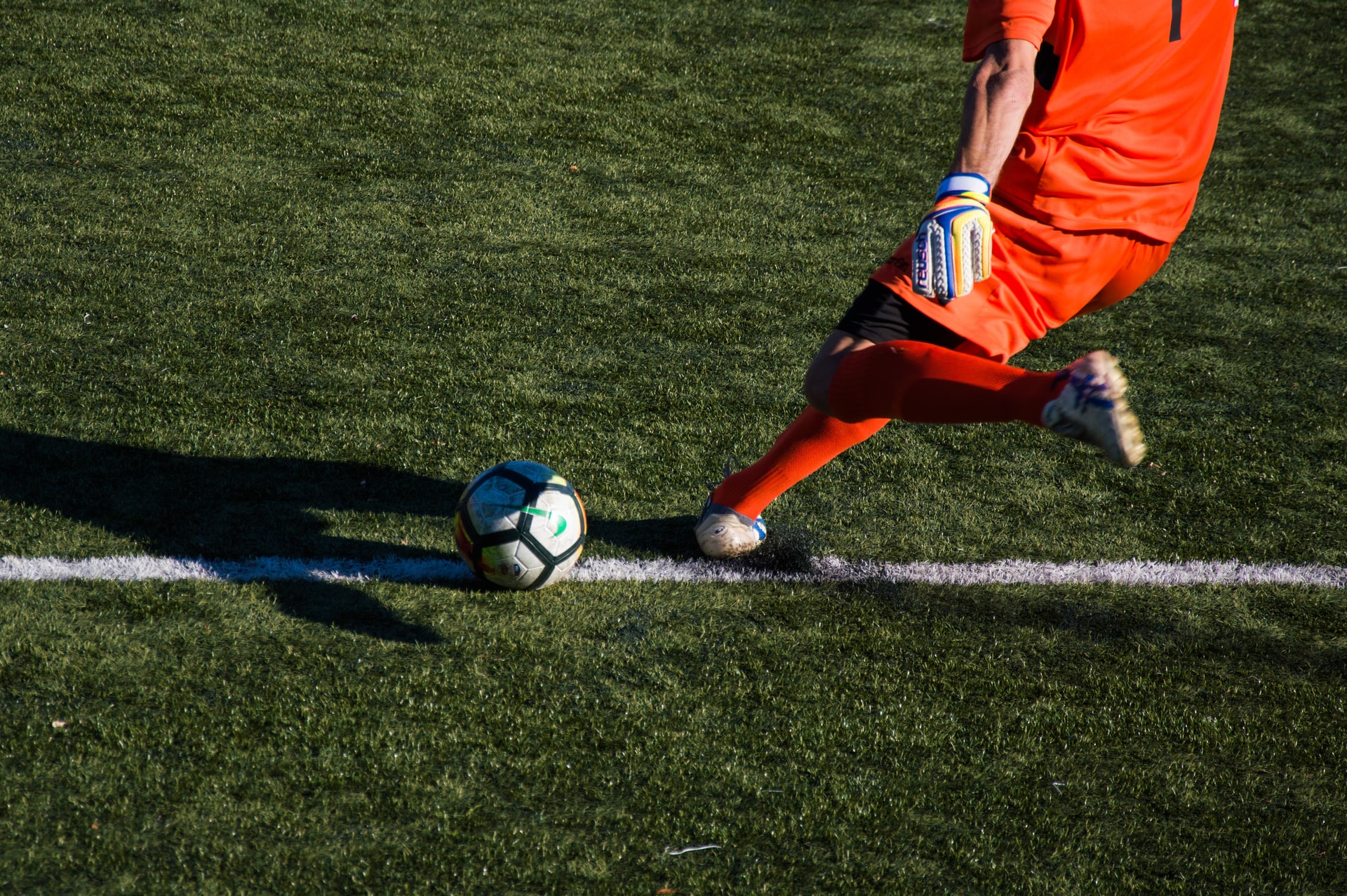As clubs are finalizing transfers and are preparing contracts for new signings, the heat at football medicals is hitting all time highs! Footballers need to be examined and checked before the red light is given to the club’s management to finalize a transfer and this red light is not as simple or as straightforward as it may sound. This red light is also a key determinant of clubs’ subsequent performance, which also affects bookmakers’ offerings and rates found at https://allbets.tv/.
Clubs want to be sure that their transfers’ choices will prove as effective, efficient and successful in practice as they have been on the papers. Clubs’ executives are about to place millions of euros on footballers’ contracts and so it is only fair and logical that they have a round, full and solid assessment of the condition in which the new signings are. After all, football transfers are in fact long-term investments on the part of the teams, and unless these investments have the highest prospects for yielding good returns, they may easily be “abandoned”.
As a football fan or a punter, you are probably aware of football medicals and their role in the final decision making of clubs when it comes to new signings. Prospective players need to pass their football medicals, in order to qualify for transfer, at least in the decision making process of the clubs’ top management. Clubs recruit a high profile team of doctors, physicians and other experts, who are scanning the new signings on a range of both predetermined, standard tests and more customized medical examinations, according to the past records or history of the players.
What happens in a football medical? What tests and medical exams do the footballers undergo when they are about to move? Well, there is a list of general categories of tests which make up an entire football medical and this list includes all possible areas that can influence a player’s ability to perform at his best.
Testing the heart
Testing the heart is a basic assessment in a football medical. Prospective transfers undergo ECG cardiac tests, blood tests, fitness tests and often urine tests to detect any possible undiagnosed issues (such as diabetes for instance) and to assess biochemical indicators for the functioning of major organs, which can affect the heart.
Myoskeletal examination
Lunges, squats and hopping tests are critical in revealing a football player’s myoskeletal system. Testing and assessing how the muscles function, whether they are healthy and identifying any defects or problems in the back area and the pelvic region, which can cause problems with hamstrings, are all part of a rigorous examination of one of the basic systems of footballers’ quality of fitness and health.
Movement examination and isokinetics
Footballers are always subject to potential injuries, especially as they stress their muscles. Football medicals focus on examining how the muscles work together and how they produce movements. In doing so they can recognize any possible weak points which increase the potential for injuries or they can identify those areas that are most likely to get injured and thus make more preventive interventions.
Measuring body fat
Ensuring that football players have a low body fat score is a top priority for clubs, considering that it is an indicator of good health and of good shape and fitness. In fact, football medicals examine and measure potential new signings’ body fat using different methods, to make sure that it rests somewhere near 10%, which is the acceptable score for professionals.
Testing speed and sprint
Clubs want their players to be quick and physical as they can be in the game for a long time and give their best to succeed. So, before signing new players they need to be sure that they do well in sprint tests and they have good speed – note that for professional players it is expected that they can run a 20-meter distance in less than 3 secs.
Getting deep scanning
Some potential new players come with a record of reported health issues or their assessment reveals some such issues and this is when they get deep scanning for a more complete and holistic view of all joints and muscles and all myoskeletal systems in general. Scanning provides more accurate information on the condition of the prospective transfers and so offers a more rounded profile of the footballer’s risks.
Clubs’ executives make use of the football medicals assessments in their final decisions to sign new players. Football medicals list the results, report the scores and these are then used for evaluating possible risks coming along with the players. This is why both players and the clubs’ themselves are anxious to obtain the football medical outcomes!



 Bitcoin
Bitcoin  Ethereum
Ethereum  Tether
Tether  XRP
XRP  Solana
Solana  USDC
USDC  Cardano
Cardano  TRON
TRON  Lido Staked Ether
Lido Staked Ether  Toncoin
Toncoin  Avalanche
Avalanche